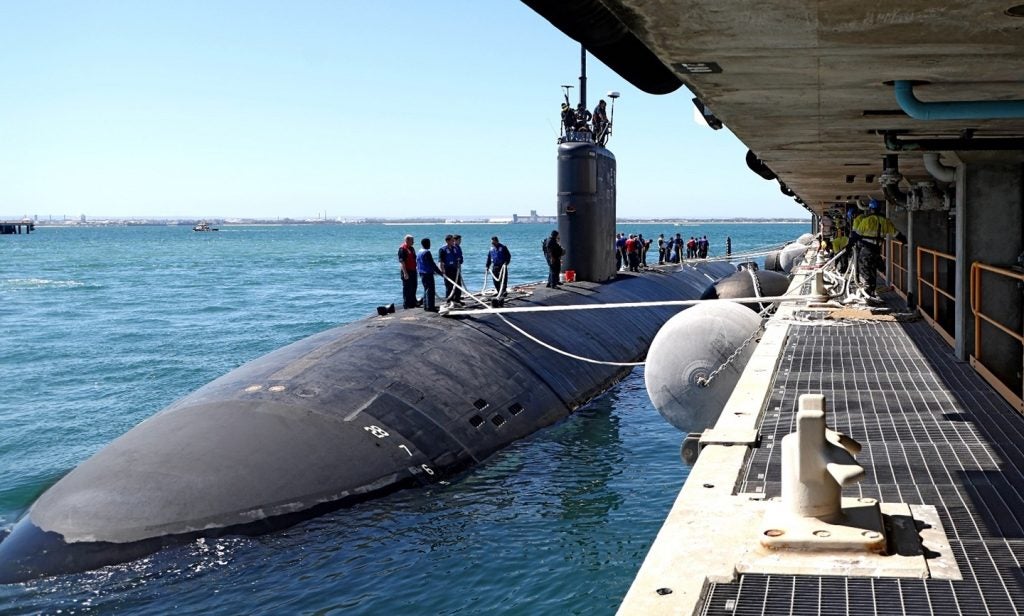US Navy officials have revealed that a new development in the patented electromagnetic technology will impact future military capabilities.
Researchers at the US Naval Surface Warfare Center Dahlgren Division (NSWCDD) filed the superconducting stator patent in May.
NSWCDD physicist Albert Corda said: "Most conventional magnetic flux compression generators are explosively driven, dangerous to handle and limited to one-time use.
"The novel architecture of the generator described in this patent, however, is not explosive in nature. It’s inherently safer to handle and potentially reusable."
How well do you really know your competitors?
Access the most comprehensive Company Profiles on the market, powered by GlobalData. Save hours of research. Gain competitive edge.

Thank you!
Your download email will arrive shortly
Not ready to buy yet? Download a free sample
We are confident about the unique quality of our Company Profiles. However, we want you to make the most beneficial decision for your business, so we offer a free sample that you can download by submitting the below form
By GlobalDataThe patent is jointly filed by scientists from NSWCDD in Virginia and NSWC Carderock Division in Maryland, US.
See Also:
Designed to produce a high-voltage pulse output that can be integrated into an EMP generator, the magnetic flux compression generator can produce a short duration, highly localised electromagnetic pulse managed by a superconducting stator, which allows multiple activations of the flux compression generator.
EMP is a broadband signal with a frequency-power distribution ranging from a few hundred kHz to a few gHz.
NSWC Carderock scientist Dr Jack Price said: "The idea originated from a side-bar discussion that centred on the utility of high temperature superconducting materials.
"These materials, composed of particular copper oxides called cuprates and typically layered on top of a nickel substrate, have very low resistance at liquid nitrogen temperatures.
"The proposed superconducting stator is potentially practical and affordable, given the commercial availability of high temperature superconductor materials that operate at liquid-nitrogen temperature."
With the military and industrial applications depending on the output configuration, the applications can range from the generation of broadband radio frequency transmissions to the rapid acceleration of physical mechanisms to high velocities.
NSWCDD EMP assessment group member Blaise Corbett said: "Each of the warfare centre divisions has particular mission areas of expertise.
"Dahlgren has a long history and expertise in pulsed power systems and applications. Carderock has expertise in high temperature superconducting (HTS) materials and applications evidenced by their development of a HTS degaussing system and motor."








